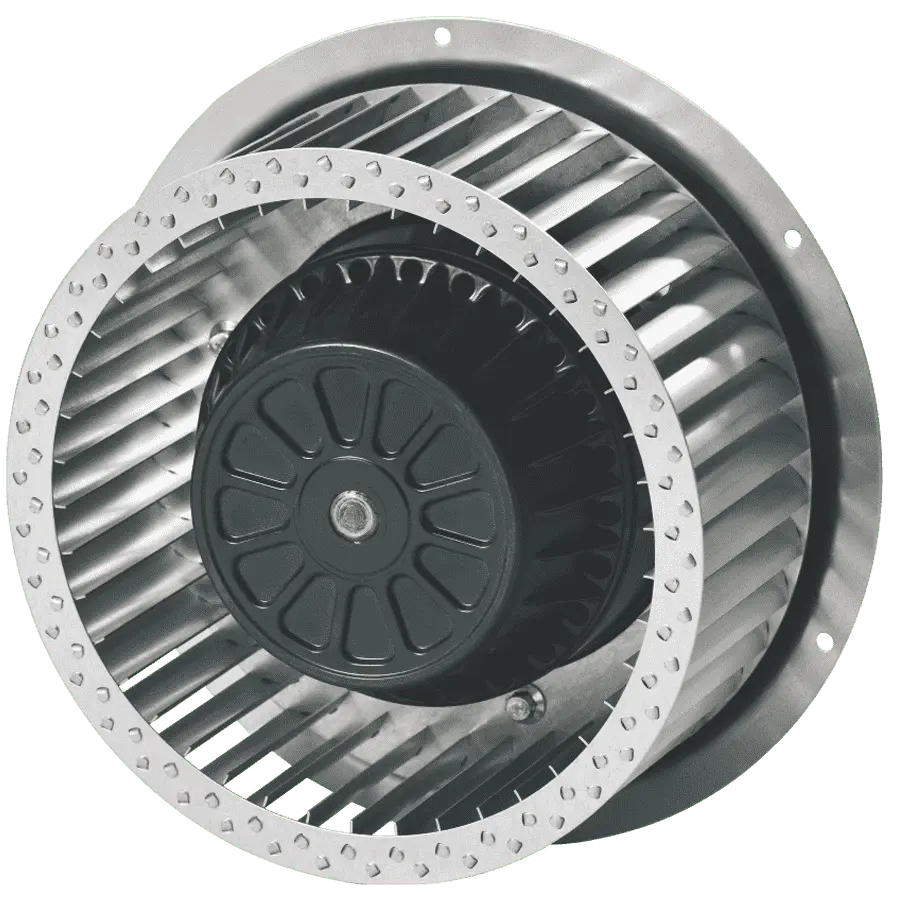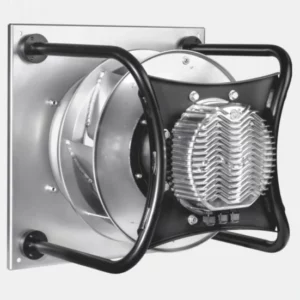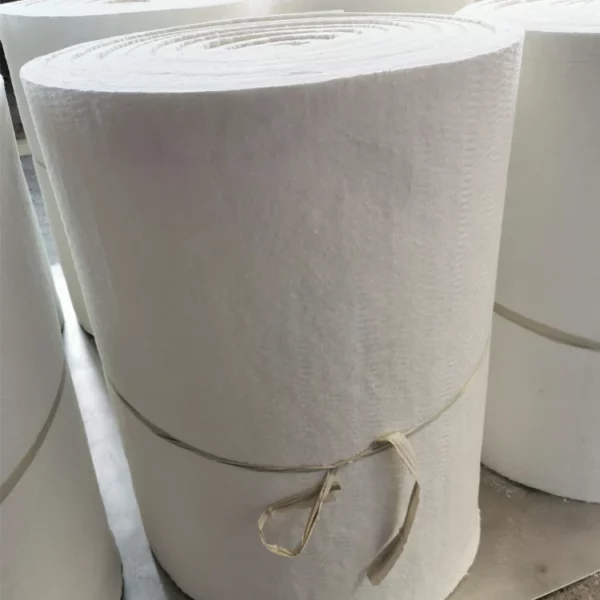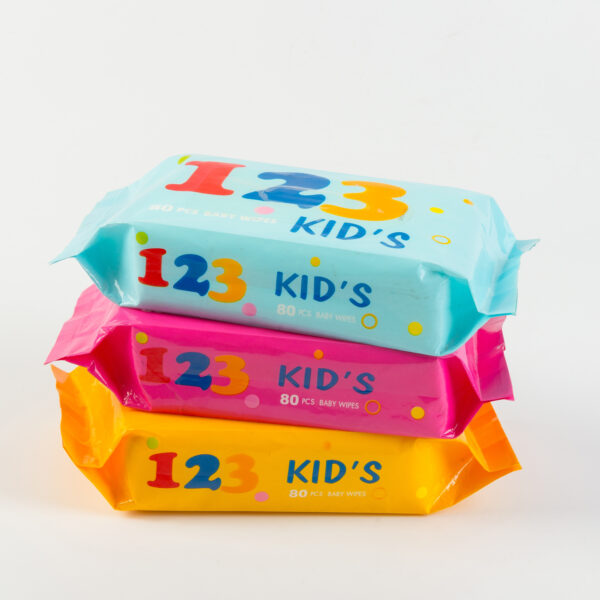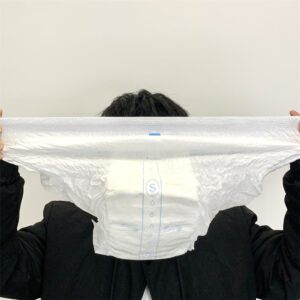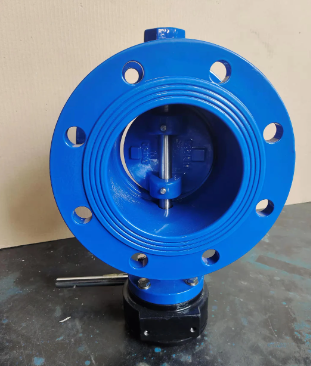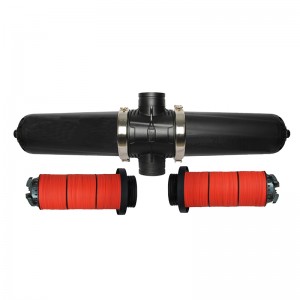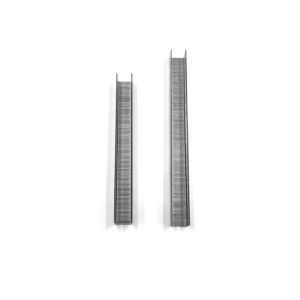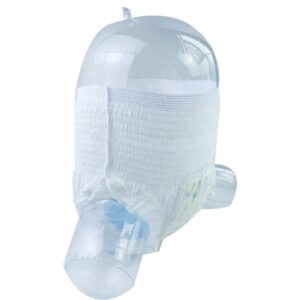In recent years, the demand for energy-efficient and environmentally friendly cooling solutions has been on the rise. One such innovation is the EC plug fan, which combines the benefits of EC (electronically commutated) motor technology with plug fan design. This article aims to explain the working principles of EC plug fans and highlight their advantages in various applications.
How does ec plug fan work?
- EC Motor Technology: EC motors utilize advanced electronic controls to achieve higher energy efficiency compared to traditional AC motors. They consist of a permanent magnet rotor and an electronic commutation system that replaces the mechanical brushes found in AC motors. This design enables precise control of motor operation, resulting in reduced energy consumption, lower heat generation, and improved performance.
- Plug Fan Design: A plug fan configuration involves mounting the motor directly into the fan impeller, eliminating the need for a separate motor and belt drive system. This integration enhances efficiency and eliminates losses associated with power transmission between the motor and fan. Additionally, plug fans are compact, lightweight, and easy to install, making them suitable for various applications.
- Working Principles:EC plug fans function by converting electrical energy into mechanical energy to generate airflow. The following steps outline their operation:
a. Control System: EC plug fans feature an integrated control system that regulates motor speed and airflow. This system receives input signals from sensors, such as temperature or pressure sensors, and adjusts the fan speed accordingly.
b. Motor Operation: The EC motor receives power from the electrical supply and converts it into rotational motion. The electronic commutation system precisely controls the current flow in the motor windings, enabling smooth and efficient operation at different speeds.
c. Impeller Rotation: The motor’s rotational motion is transferred to the fan impeller, which consists of blades designed to generate airflow. As the impeller rotates, it draws air into the fan and pushes it out in the desired direction.
d. Airflow Control: The integrated control system continuously monitors the environmental conditions and adjusts the fan speed to maintain the desired airflow. This feature allows for precise regulation of ventilation or cooling requirements, optimizing energy efficiency.
Advantages of EC Plug Fans
a. Energy Efficiency: EC plug fans consume significantly less energy compared to traditional AC fans, resulting in reduced operating costs and environmental impact.
b. Variable Speed Control: The ability to adjust fan speed according to changing requirements allows for precise airflow management, ensuring optimal comfort and energy savings.
c. Quiet Operation: EC plug fans operate with reduced noise levels due to the absence of mechanical brushes and efficient motor control. This feature makes them suitable for noise-sensitive environments.
d. Easy Installation and Maintenance: Plug fan design simplifies installation, and the absence of belts or pulleys reduces maintenance requirements.
e. Compatibility with Building Automation Systems: EC plug fans can seamlessly integrate with building automation systems, allowing for centralized control and monitoring.
What is an ec plug fan?
An EC plug fan refers to a type of fan that combines an electronically commutated (EC) motor with a plug fan design. EC motors are advanced and energy-efficient motors that use electronic controls to achieve superior performance compared to traditional AC motors. The plug fan configuration involves integrating the motor directly into the fan impeller, eliminating the need for a separate motor and belt drive system.
Here are some advantages of the ec plug fan:
- Firstly, the EC motor technology enables precise control of motor operation, resulting in improved energy efficiency, lower power consumption, and reduced heat generation. The integration of the motor into the fan impeller eliminates transmission losses, improving overall efficiency.
- EC plug fans also provide variable speed control, allowing the fan speed to be adjusted according to specific requirements. This feature enables precise airflow management, optimal comfort, and energy savings. The speed control can be achieved through analog control signals, PWM (Pulse Width Modulation), or intelligent control systems.
In terms of applications, EC plug fans are commonly used in HVAC (Heating, Ventilation, and Air Conditioning) systems for commercial buildings, offices, and residential spaces. They are also employed in industrial ventilation systems, data centers, refrigeration units, and electronics cooling applications. The energy efficiency, quiet operation, and easy installation and maintenance of EC plug fans make them suitable for various environments.
China ec plug fan supplier combine the advantages of EC motor technology and plug fan design to provide energy-efficient and versatile cooling solutions. Their precise speed control, reduced energy consumption, quiet operation, and easy installation make them suitable for various applications, ranging from HVAC systems to industrial ventilation. By embracing such innovative technologies, we can contribute to a sustainable and efficient future.
